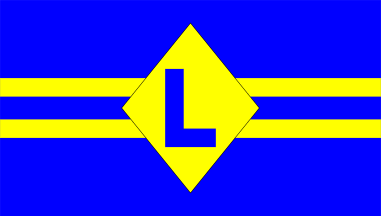Pilot ladders are traditionally made from manila rope. This low stretch, seawater resistant, high friction rope is the perfect choice for pilot ladders. Whilst pilot ladders can be made from man made fibre the manila rope ladder is still the predominent rope of choice for the vast majority of ladders constructed today. A good quality ladder will also come with additional pilot ladder securing ropes to enable the ladder to be secured when used at intermediate lengths, when the thimbles are no use for securing a ladder. These securing ropes would ideally be made from the same material as the pilot ladder side ropes which in the vast majority of cases will be manila, however given that the regulations state the side ropes should have a total breaking strain of 48kN (2 x 24kN) it would require a hefty (and unworkable) 28mm diameter rope so 18mm polypropelene is commonly used instead, with a breaking strain of 56kN.
The biggest issue however is friction. Polypropelene based rope has a low frictional coefficient which means it is not ideal for the use of hitches designed to stop another rope from slipping. When used as securing rope for a manila pilot ladder the danger is it will not be capable of providing sufficient friction to hold the side ropes and therefore the pilot ladder side ropes will slip through the lashing until the hitch reaches the next step chock whereupon the weight then becomes bourne by the ladder chock.
It is therefore advised that when making up the rolling hitch with the polypropelene rope it is tied tight up to the chocks of the outboard step such that when the ladder is weight tested the hitch will inevitably slip and tighten onto the side rope without coming to rest on the next inboard step and chocks. This ensures the weight of the ladder is bourne by the side ropes and securing ropes rather than by the chocks and steps.

One thing we have noticed over the years is that these securing ropes don't tend to be treated with the same respect and care as the pilot ladder despite the fact that it is these very securing ropes that will be doing all of the work when the pilot is climbing the ladder. In many cases these securing ropes are misplaced or lost and the crew have resorted to the use of alternative lengths of random ('whammy') ropes in order to secure the ladder at an intermediate length.
When accepting a ladder on board we highly recommend that both the ladder AND the provided securing ropes are clearly marked with a permanenet non-destructive tag and that the securing ropes are stored in a clearly labeled breathable canvas bag when not in use.
Using the correct securing ropes and looking after these ropes properly will ensure their longevity and ensure they continue to provide a safe securing method for your pilot ladder throughout it's life. Pilot ladder securing ropes are provided with EVERY pilot ladder we supply under our pilot ladder management service along with compliant man-ropes.













